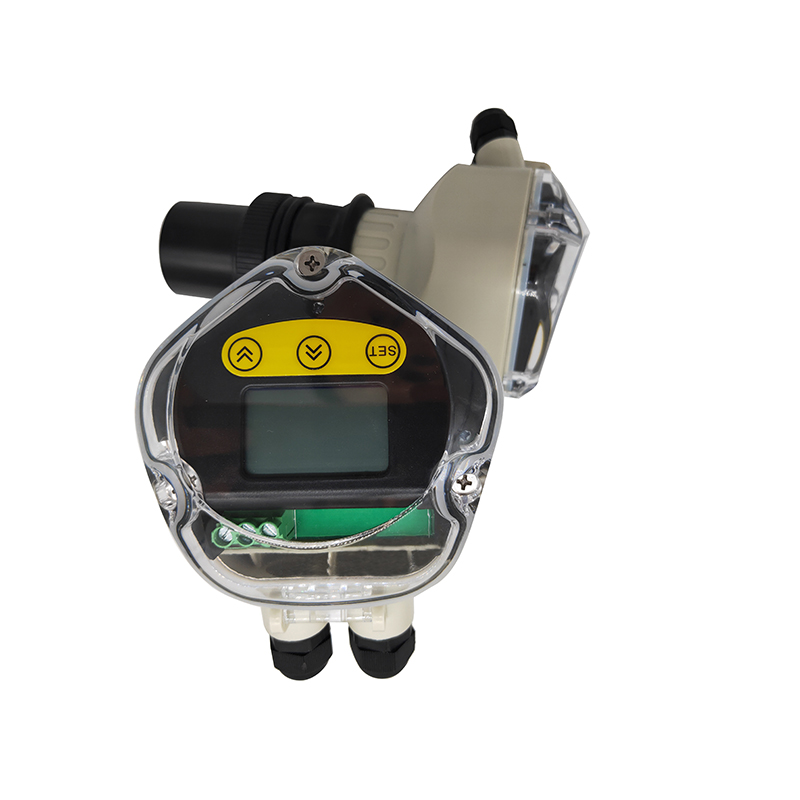When you get the integrated ultrasonic level meter, first look at the blind area of the instrument, which is closely related to the installation height of the ultrasonic level gauge. The installation height must meet: the distance between the liquid level and the level gauge at the highest liquid level Greater than the blind zone value.The integrated ultrasonic level gauge has the function of measuring distance. It is an important basis for checking whether the measuring function is normal. The measuring distance function is intact, indicating that the level gauge is intact. Secondly, according to the range of the ultrasonic level gauge (more precisely, it should be the ability to measure the distance, that is, the transmitting power, the range is only an electrical parameter related to the output signal).The basic conditions for the installation of an integrated ultrasonic level gauge: When the ultrasonic transducer emits an ultrasonic pulse, it has a certain launch angle. Between the lower edge of the transducer and the surface of the measured medium, there must be no obstacles in the area radiated by the emitted ultrasonic beam. Therefore, the installation should avoid internal facilities such as human ladders, limit switches, and limit switches. Heating equipment, brackets, etc. When installing the instrument, pay attention to that the highest material level must not enter the blind area of the measurement; the instrument must be kept a certain distance from the tank wall; the installation of the instrument should be as far as possible so that the emission direction of the transducer is perpendicular to the liquid surface.Choice of installation location:When installing the ultrasonic level gauge, keep a distance of at least 200mm-1000mm between the main instrument and the container wall. For a cone-shaped container with a flat top, the best installation position of the instrument is the center of the top of the container, so that it can reach the bottom of the container.How to distinguish between the right and wrong of common installation positions:1. The transducer should be perpendicular to the surface of the measured medium; 2. If the instrument is installed on the top of an arched or round tank, it will cause multiple reflections and echoes. During installation, avoid installing the instrument on the tens of thousands of the incoming material flow to ensure that the measurement is on the surface of the medium instead of Incoming material flow. Sun-shading and rain-proof measures should be taken during outdoor installation.Installation method:For the instrument installed in the outdoor or humid room and cooling or heating tank, in order to prevent moisture, the cable gland should be tightened, and the cable should be bent at the inlet. In the case of good reflection characteristics of the medium, the diameter of the container pipe should be large. When, the length of the tube can be slightly longer than that of the transducer.In this case, the end of the connecting pipe must be smooth and free of burrs, and the end of the connecting pipe must be rounded as much as possible. When the reflection characteristics of the measured medium are not good, or the material level is high, it may be connected to the blind area of the measurement, and therefore the installation position of the pipe must be increased, the horn-type stilling wave pipe installation method can be selected to increase the directionality of the signal and reduce the connection of the pipe. Measure the impact.
Post time: 21-09-21
